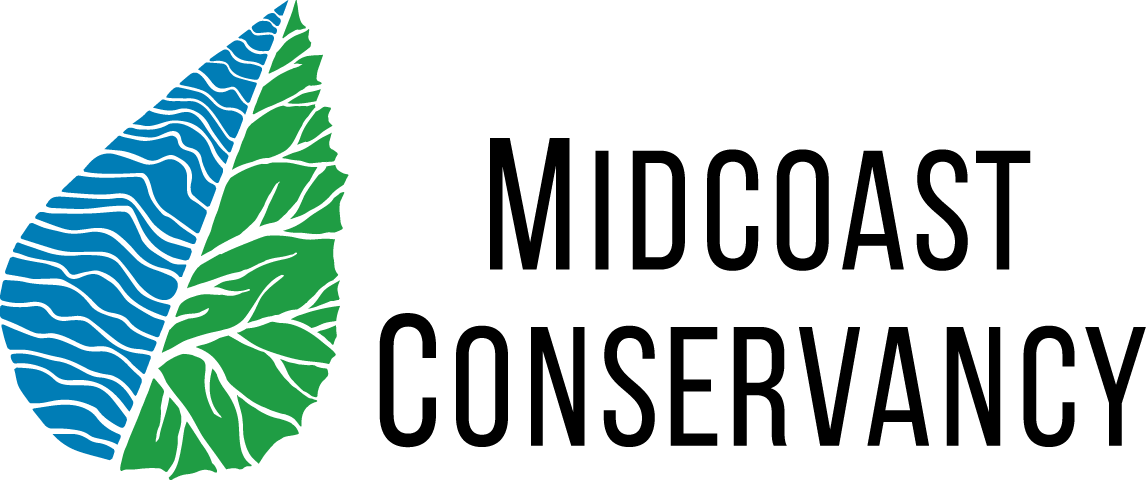How to be Queer in the Outdoors
-By Air Rhodes
If you’re queer (i.e. LGBTQ+), be yourself. Outdoors. Bring a friend, your sweetie, or a whole posse. Gay apparel isn’t required, but always a fabulous choice! Hold hands, take adorable photos, soak in the gloriousness of nature, have adventures, learn new skills, test and prove your strong body’s abilities, listen to birds and streams, all that good stuff about being outside.
If you’re not queer, I’m sorry to say you can’t be queer outdoors anymore than you could be anywhere else. (Though anyone’s always welcome to explore their identity!) But as a straight, cisgendered person, there are important ways you can engage with others that will make a big difference for queer folks in the outdoors. Sadly, frustratingly, many queer people don’t feel comfortable or safe in rural or wilderness settings, because we are still objects of harassment and potential violence wherever we go. This is exacerbated for female-bodied and female-presenting queer people, queer people of color, and others with compounded oppressions. Stepping away from the safety net of cell phone signals and a buzz of human witnesses can feel very vulnerable (while simultaneously being exactly what many of us need in order to relax). So, as an ally, it’s important to be as friendly and respectful of queer people in the outdoors as you are in any setting - a genuine smile goes a long way on the trail! Beyond that, please be aware of the potential discomfort queer people may be experiencing, and be able to step in to redirect any hostility being directed towards queer folks. The organization “Right to Be” gives excellent Bystander Intervention training if you’d like to learn more.
For my queers again: I know, being yourself outdoors can feel like a lot. If you have concerns about your safety while in the outdoors, hike/bike/paddle/ski/etc. with buddies. Consider taking a self-defense class, the good ones of which teach tension diffusion and confidence as much as any “fight” skills. For those who are comfortable asking the police, know what law enforcement agency covers where you’ll be hiking, and plug their number into your cell before you go. Most importantly, trust your gut. If you show up at a trailhead, summit, event, etc., and feel that unsafe prickle on the back of your neck, either immediately get yourself out of there, or change the dynamics in your favor. If there’s a group/event/cabin leader, let them know what’s concerning you, even if it seems trivial. (Straight leaders, listen, believe, and support, even if it seems trivial!) Recruit bystanders as allies by engaging them in conversation - it could literally be about the weather, but it forms a bond with you so they’ll be more likely to help if someone starts messing with you. Or directly share that you’d like their support in, for instance, walking past a person who’d badmouthed you on the trail. And if you still don’t feel safe, leave. Your body and peace of mind are more important than any social faux pas or trip plans.
With the right pieces in place, we can all have a great time outside. The vast majority of people you’ll encounter in the woods and on the waters are nature-lovers who are friendly and kind, and we’re growing more allies with every new friendship we make. Who wants to go find frogs and lichens with me?

